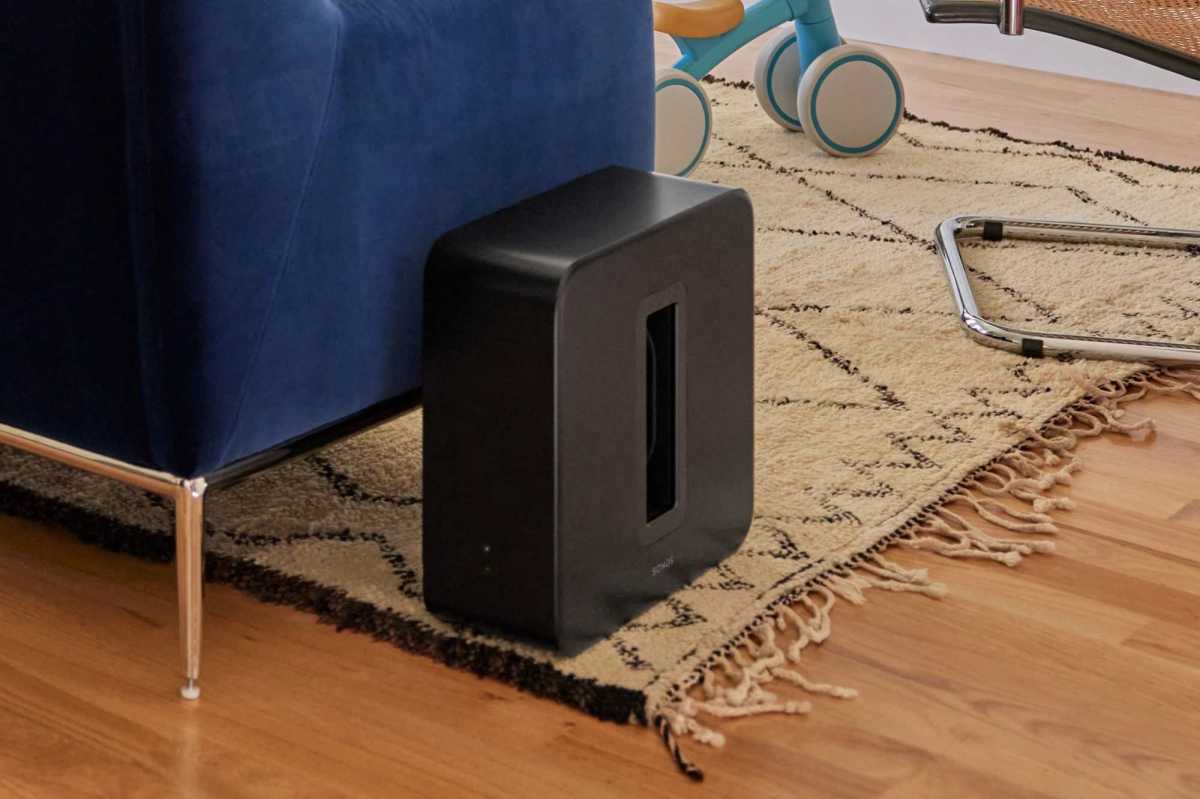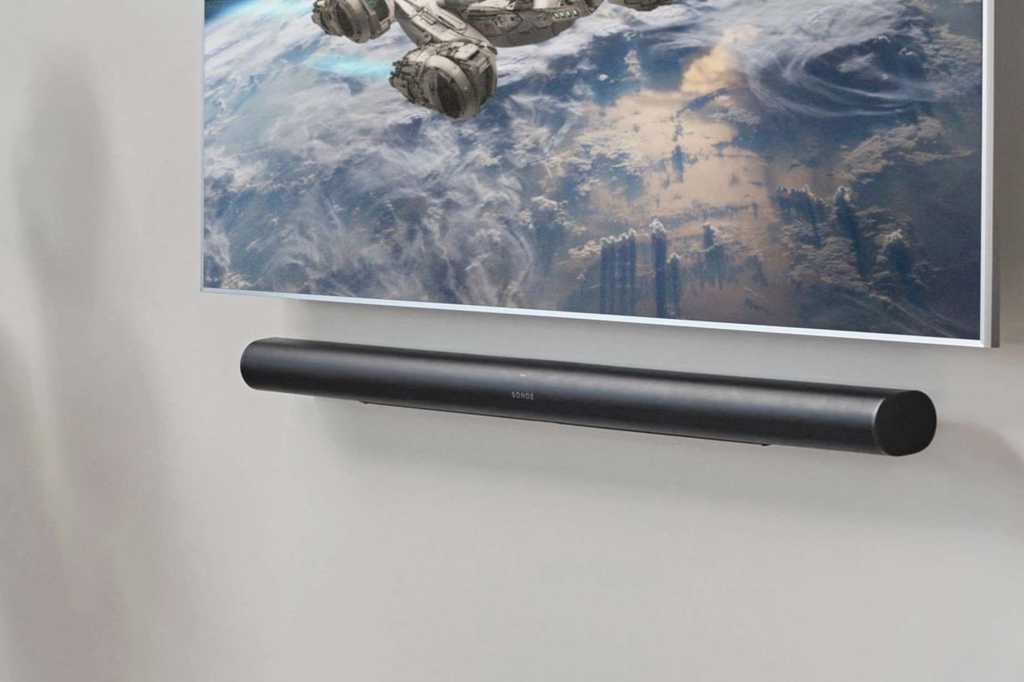After months of damage control following its disastrous app reboot, Sonos finally has something new to talk about: a successor to the Arc soundbar with some secret sauce under the hood.
Slated to arrive later this month, the Sonos Arc Ultra comes with a total of 14 drivers—up from 11 on the original Arc—“advanced” speech enhancement technology, and a whopping 9.1.4 channels of audio.
Besides those bullet points, the Arc Ultra comes with a feature that (according to Sonos, anyway) is capable of “supercharging” the soundbar’s bass.
Related: Sonos’ new flagship soundbar can’t use these older speakers as surrounds
Dubbed Sound Motion, the new audio tech is designed to wring bigger sound out of smaller speakers. In the case of the Arc Ultra, Sound Motion promises to deliver impressive low-frequency performance without the need for a subwoofer. (The technology behind Sound Motion was developed by Mayht, a small Dutch company that Sonos acquired back in 2022.)
Of course, you could still pair the Arc Ultra with a sub, and Sonos has a new one on tap: the Sub 4, the fourth generation of Sonos’s biggest wireless subwoofer.

Sonos
Getting back to the Arc Ultra for a moment (we’ll return to the Sub 4 shortly), the new soundbar also arrives with a revamped center channel design, while a new “Speech Enhancement” feature lets you pick the level of dialogue clarity, Sonos says.
Even better, Sonos’ signature TruePlay functionality, a feature that helps to fine-tune the audio using your mobile device’s microphone, will work with both iOS and Android devices when employed on the Arc Ultra. On older Sonos speakers, TruePlay only worked with iOS.
Circling back to the Sub 4, the new subwoofer offers “increased” processing power, more memory, and “new” Wi-Fi radios, according to Sonos.
Both the Sonos Arc Ultra and Sub 4 will go on sale October 29, and they’ll be priced at $999 and $799, respectively.
The Arc Ultra and Sub 4 come more than six months following Sonos’ botched revamp of the Sonos app, an embarrassing misstep for which the company is still apologizing.
Landing with a thud back in May, the new Sonos app suffered from a variety of glitches while dropping key features from the previous version, including sleep timers, access to local music libraries, and the ability to edit music queues.
Faced with a community in revolt, Sonos furiously backpedaled, offering detailed roadmaps for improving the new app while trying to make amends with its furious customers.
The one thing the company couldn’t do was roll back to the previous version of the Sonos app, as the company’s audio infrastructure had become dependent on the newer software.


